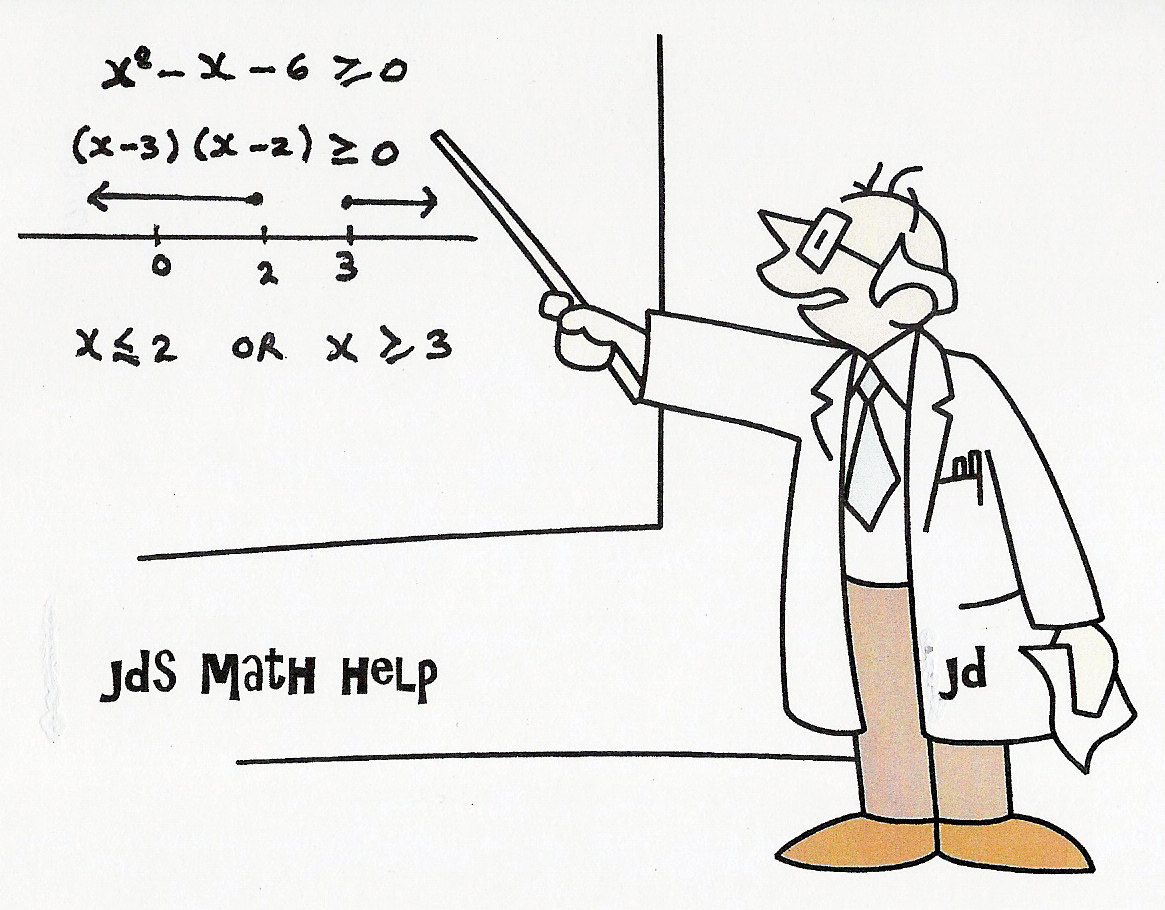|
|
|
|
|
|||||||||
|
|
|||||||||||||
|
|
UNIT 7 : TRIGONOMETRIC FUNCTIONS
LESSON 5
: TRANSFORMATIONS HOMEWORK QUESTIONS
Quick Review:
![]()

|
x (radians) |
0 |
|
|
|
|
|
|
|
|
|
|
|
|
|
x (degrees) |
0 |
30 |
60 |
90 |
120 |
150 |
180 |
210 |
240 |
270 |
300 |
330 |
360 |
|
sin x (exact) |
0 |
|
|
1 |
|
|
0 |
|
|
-1 |
|
|
0 |
|
sin x (approx.) |
0 |
0.5 |
0.87 |
1 |
0.87 |
0.5 |
0 |
-0.5 |
-0.87 |
-1 |
-0.87 |
-0.5 |
0 |
![]()

|
x (radians) |
0 |
|
|
|
|
|
|
|
|
|
|
|
|
|
x (degrees) |
0 |
30 |
60 |
90 |
120 |
150 |
180 |
210 |
240 |
270 |
300 |
330 |
360 |
|
cos x (exact) |
1 |
|
|
0 |
|
|
-1 |
|
|
0 |
|
|
1 |
|
cos x (approx.) |
1 |
0.5 |
0.87 |
1 |
-0.5 |
-0.87 |
-1 |
-0.87 |
-0.5 |
0 |
0.5 |
0.87 |
1 |
![Text Box: In summary, to graph y = a sin [k(x – d)] + c from the graph of y = sin(x), follow these ideas:
· If a < 0, we have a reflection in the x-axis
· If k < 0, we have a reflection in the y-axis
· If | a | < 1, we have a vertical compression , factor | a |
· If | a | > 1, we have a vertical stretch, factor | a |
·
· If | k | < 1, we have a horizontal stretch, factor 1/k
· If | k | > 1, we have a horizontal compression, factor 1/k
· The value of d gives the horizontal translation (phase shift)
· The value of c gives the vertical translation (shift)](./transhw_files/image072.gif)
Homework
questions: (Solutions below)
1. State the amplitude, period, phase shift,
domain and range for each of the following trigonometric functions. Draw the graph of at least
one
complete period for each.
![]()
![]()
![]()
![]()
![]()
![]()
![]()
![]()
2. The graph below shows a sine function of the form y = a sin k(x – d) + c. find the values of the parameters a,k, d, c.

3. The graph below shows a sine function of the
form y = a cos k(x
– d) + c. find the values
of the parameters a,k, d, c.

Solutions:
![]()
![]()
![]()
|
x0 |
0 |
90 |
180 |
270 |
360 |
|
y |
1 |
0 |
-1 |
0 |
1 |




![]()
![]()
|
x0 |
0 |
90 |
180 |
270 |
360 |
|
y |
0 |
1 |
0 |
-1 |
0 |




![]()
![]()
![]()
|
x0 |
0 |
90 |
180 |
270 |
360 |
|
y |
1 |
0 |
-1 |
0 |
1 |




![]()
![]()
![]()
|
x0 |
0 |
90 |
180 |
270 |
360 |
|
y |
0 |
1 |
0 |
-1 |
0 |








